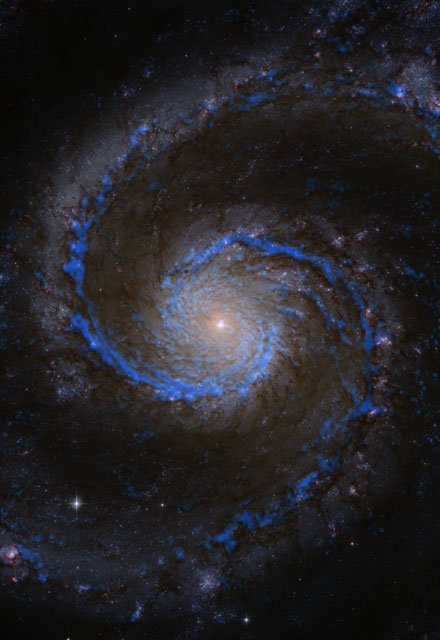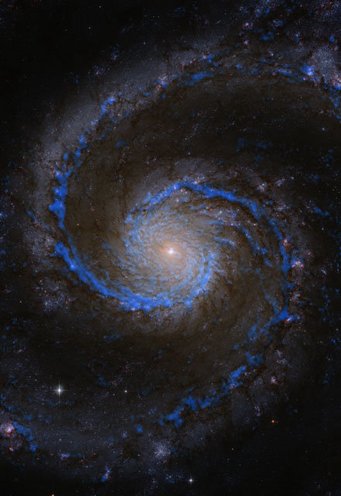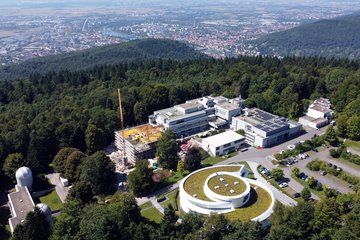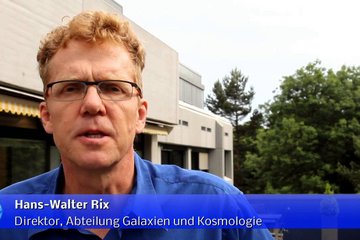Research and Development at the Max Planck Institute for Astronomy
How did our home planet form? Are planets like our Earth exceptionally rare or quite common?

What information can we glean from the more than thousand planets around other stars astronomers have found in the past decades? How can we detect earth-like planets around distant stars? And how might we find out whether or not they harbor life?
How do stars form, and what is needed to make a star? How do the cradles of the stars - the molecular clouds - form out of the more diffuse interstellar medium? On a larger scale, what about our wider cosmic environment - how did our home galaxy, the Milky Way, come into existence? More generally, how do all the different types of galaxies form? And what makes some galaxies produce more stars than others?
These fundamental questions about our origins, the evolution of our cosmic environment and, more generally, our place in the cosmos are what drives research at the Max Planck Institute for Astronomy. In our quest for answers, we use, and help build some of the most advanced observational tools available - ground-based as well as space telescopes. We also simulate the formation and evolution of stars, planets, and galaxies and conduct laboratory experiments on the foundations of astrophysical processes.










